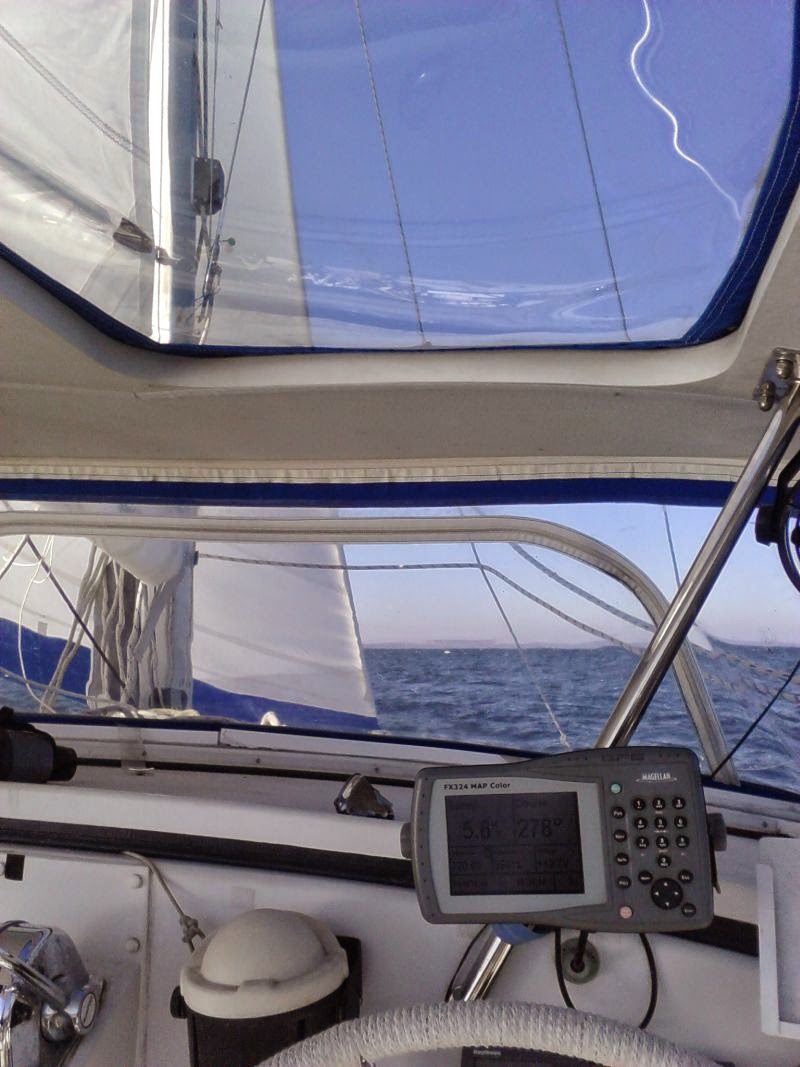at the very minimum, get a dodger... this allows for having the slider open for ventilation and keeping the rain out:dance:
it also helps minimize the spray when sailing/motoring to weather.
at the other end, and for the maximum enjoyment for the crew, a full, heated cockpit enclosure is great.
myself, I feel a good sturdy dodger with side panels and raingear is adequate for crusing in the northwest, because if you cant stand the rain, you shouldnt be here

a boom tent is a good addition for when you are anchored for a couple days, but a full cockpit enclosure is more trouble than they are worth, and create excessive windage.
as for a heater, get a forced air unit so that it actively draws outside air in, heats it and then pushes it into the cabin, displacing the stale moist air that is common here in the wintertime....
our boat came equipped with a force 10 vented propane unit. the problem with it is that it doesnt displace enough air to keep the O2 levels from dropping below its limit (a 2% drop and the unit shuts itself off). and when we needed it the most, we ran it on high and consequently it shut down sooner, leaving us without heat (other than the propane stove)...
so, in a sense, the safety feature of the force 10 is kind of self defeating....
now we have a Wallas DT30 forced air diesel heater... it delivers warm dry air without shutting itself off...
but we do still have the force 10 installed, so when the temps drop to 25 with the wind blowing, we will light the propane to supplement the heat the wallas puts out.... with the wallas keeping fresh air pumped in, and the damp stale air pushed out, the force 10 works like we always wanted it to.... and in windy 26 degree weather, with both heater running on high, the temps inside the boat can easily reach 80 and climbing...
but we like 68-70, so during the extreme cold, the wallas runs on 4 and the force ten runs on low.... when its warmer and only getting down to the mid 30's, which is more normal, we only run the wallas.


